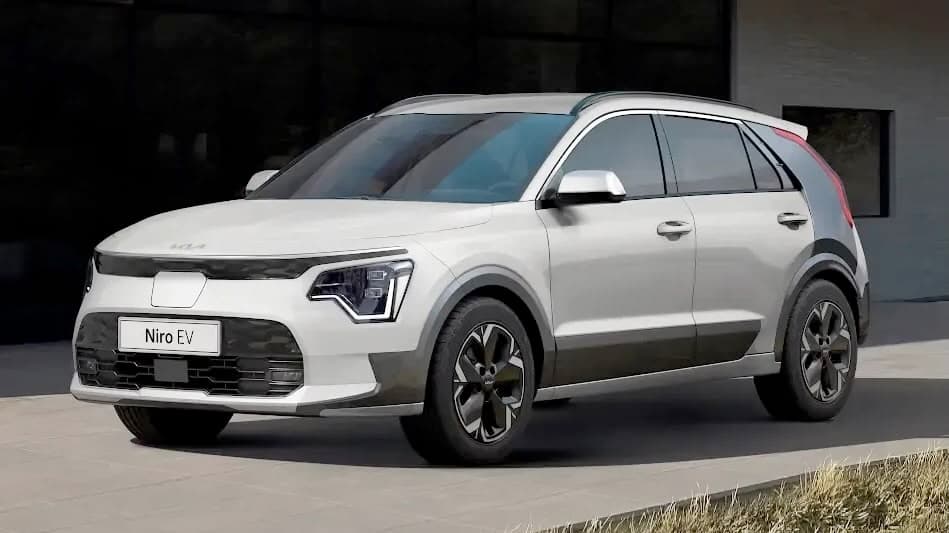Kia Niro

Range (WLTP)
455 - 460 km
Battery Size
67.5 - 68 kWh
Variants
Water is the top trim for the Niro. It adds: V2L ability, fog lamps, composite leather interior, heated front seats, a larger 10.25" screen, heads up display, Harman Kardon 8-speaker sound system, and power tailgate.
Performance
0-100 km/h
7.8 sTotal Power
150 kWTorque
255 NmTop Speed
167 km/hDrive
FWDRange & Efficiency
WLTP Range
460 kmWLTP Consumption
162 Wh/kmHighway Range
359 kmYour Real Range
Calculate Battery & Charging
Battery (nominal)
68 kWhBattery (usable)
64.8 kWhBattery type
NMCAC Charging
11 kWDC Charging
80 kWVehicle-to-Load (V2L)
YesDimensions & Weight
Length
4420 mmWidth
1825 mmHeight
1570 mmGround Clearance
150 mmWeight
1727 kgShape
Small SUVSeats
5Storage & Towing
Boot Space
475 LBoot Space (Max)
1392 LFrunk
20 LTowing (Braked)
750 kgTowing (Unbraked)
300 kgHow many Kia Niro have been sold in NZ?
There have been 1,384 registered to date (including 1 used imports).
Kia Niro registrations
Monthly units (includes new and used import)

